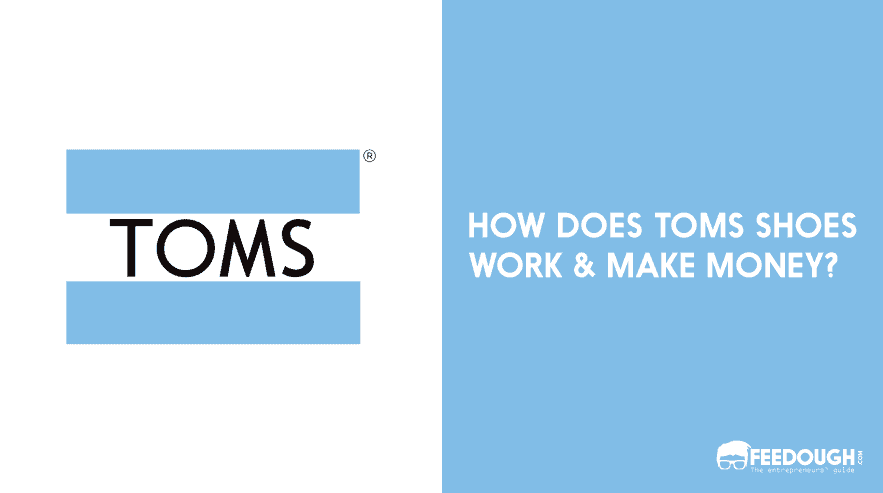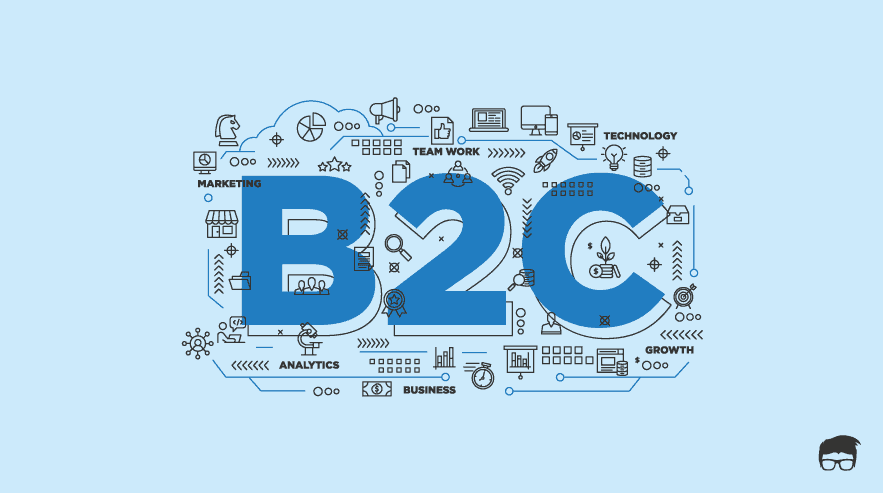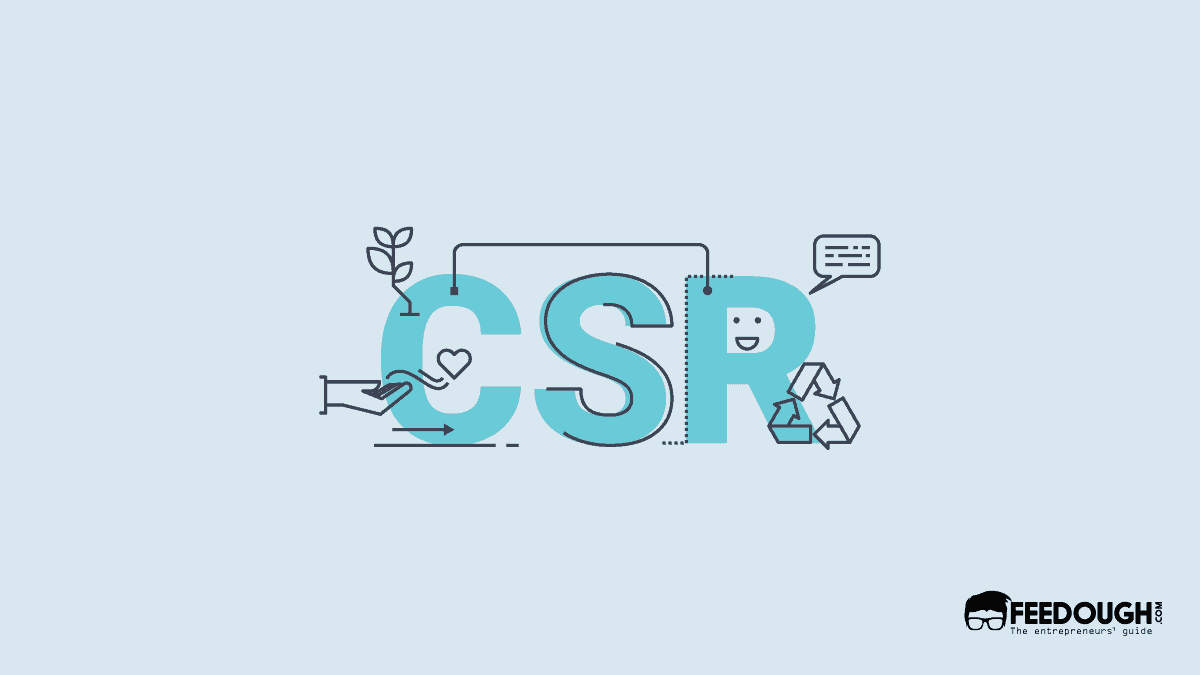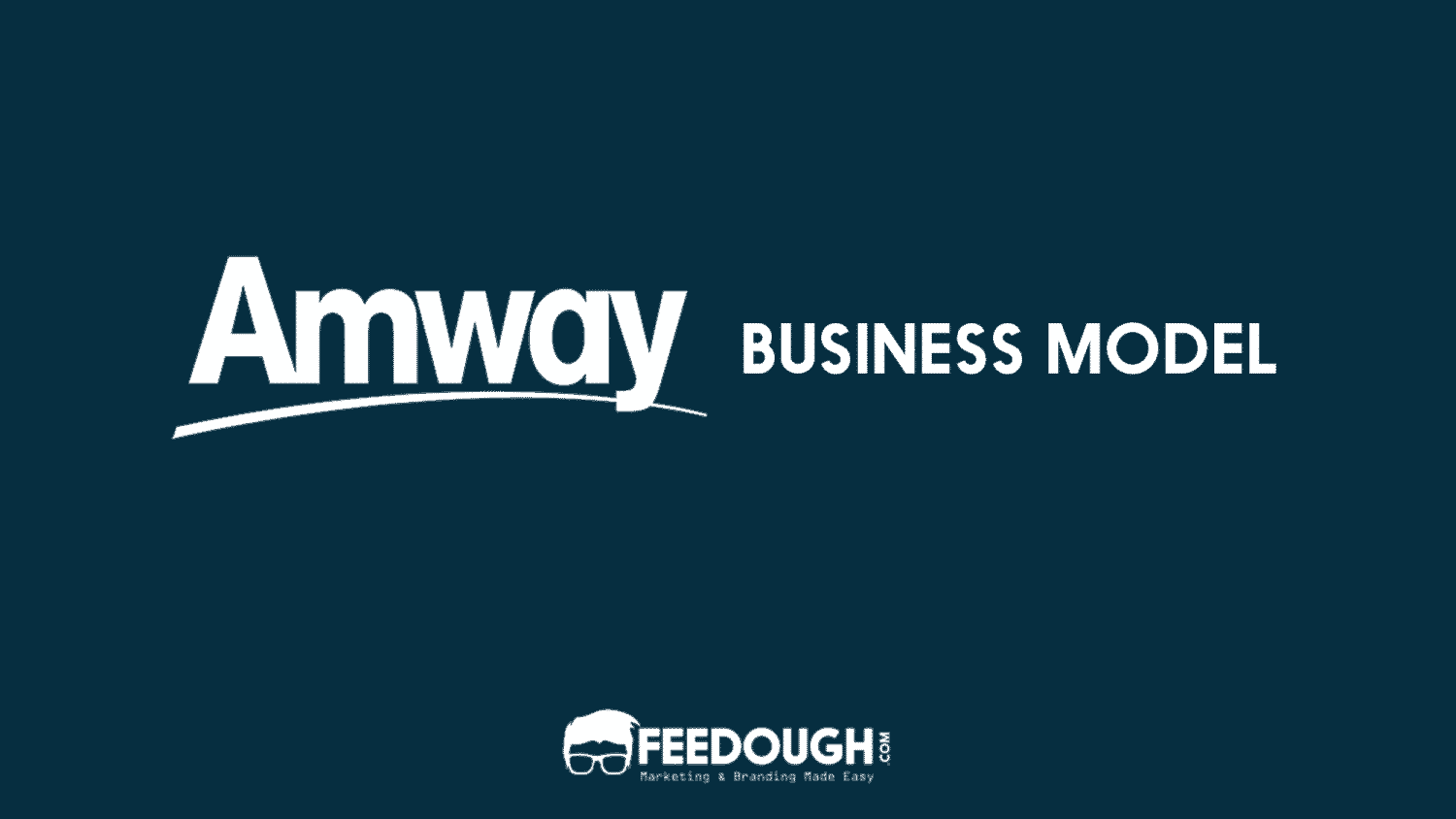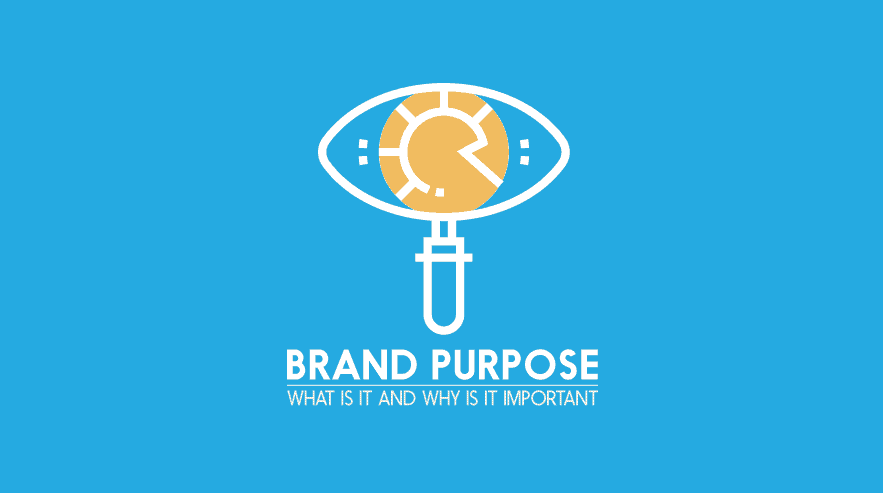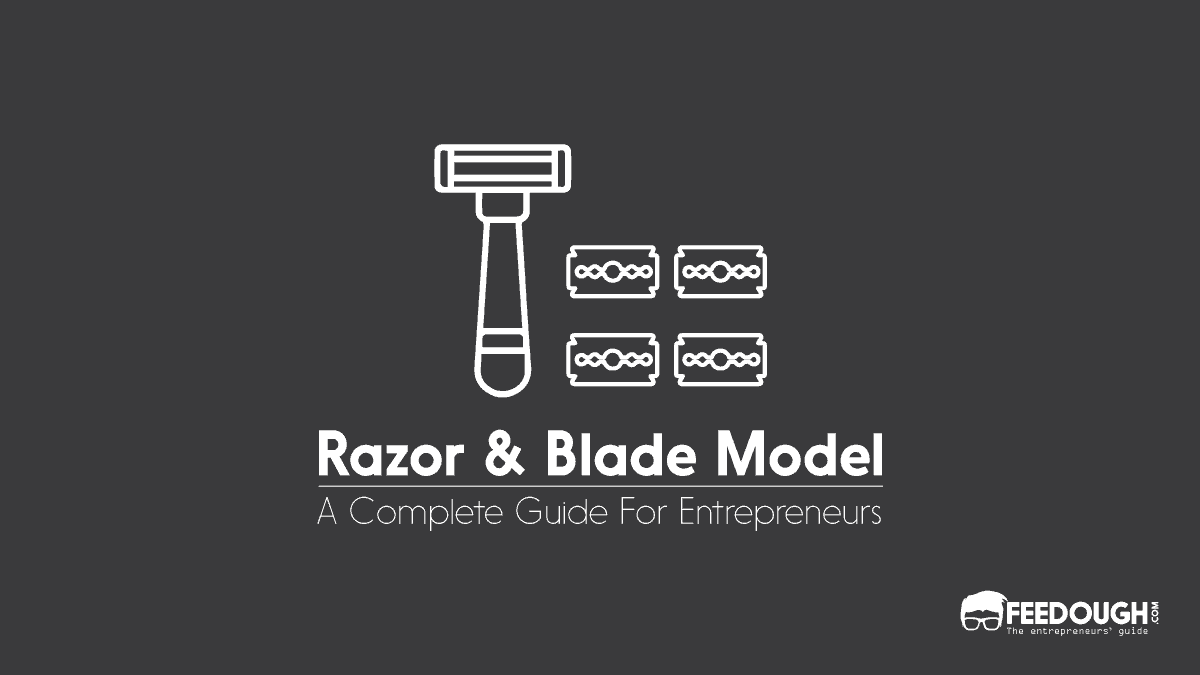Let’s talk about the use of cause marketing so well that a ‘profitable’ business model is built around it.
Intrigued?
Imagine a company that makes millions by giving away their products for free. Yes, a simple idea with its roots in social entrepreneurship and cause marketing has helped Toms show the world that it is possible to make a profit even while doing good for society.
What Is Toms Shoes?
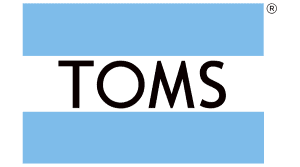
Toms Shoes is the subsidiary of Toms, a for-profit retail company that has quite a lot of products under their belt. Founded by university dropout, Blake Mycoskie in 2006, Toms was conceived after Blake had the opportunity of going on a shoe drive that an American woman had organized while he was on vacation in Argentina. Out it was born Toms Shoes main driving factor: Sell a shoe, give a shoe.
Apart from shoes, the company also designs and markets a range of other products such as eyewear, coffee, apparel, and handbags via its respective subsidiaries. Their flagship product is its Alpergata shoes. Blake had noticed that were quite popular back in Argentina and decided to bring them to the States.
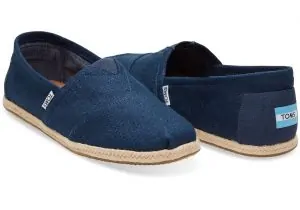
So how does Toms Shoes work and manage to donate a pair for every pair of shoes it sells?
How Does Toms Shoes Work | One-For-One Business Model
Toms Shoes operates on the One-for-One business model where it gives away a pair of shoes to the unprivileged for every pair it sells. That’s all there is to it. It does this via their brick and mortar retail and online stores as well as on e-commerce sites.
Fun Fact: The term “Toms One for One” is trademarked by Mycoskie, LLC.
Apart from that, Toms shoes leverages on two other key partners to help with the donations and in promoting the brand.
Partners to Toms Shoes
There are two main partners to Toms Shoes:
NGOs
Toms operates a non-profit organization, Friends of Tom, which helps connect individuals with communities in need. Apart from that, Toms also works with hundreds of NGOs across 60 countries to distribute their donations.
Affiliate Partners
Toms Shoes also runs an affiliate program that allows online businesses to partner up with Toms to release a full array of products. The online affiliates also help promote Toms on their websites with promotional links, offers while the affiliates generate revenue for themselves.
So far, this has played well into the ever-increasing “brand-conscious” consumers. Toms Shoes is as perfect as a brand could get when it comes to someone looking for a fashionable pair of footwear that will also let others know that they have helped contribute to society via their purchase. Consumers have more brand awareness now than a decade ago due to social media and digital advertisements.
Toms’ Marketing Strategy
What seems to be such a naïve and simple idea of donating a product for every product sold is actually marketing brilliance – marketing is basically free for Toms Shoes since donations from their part help boost the word-of-mouth. Toms also has tapped into social media, utilizing them to their fullest with lots of campaigns covering their donation drives and such. This translates to free PR on Toms Shoes’ behalf and has proved to be one of their main reasons for success. The earned media has helped save quite a lot on their marketing budget. This amount could then be circulated back into the company and they are also eligible for a tax credit on their donations.
This has been their business model since the start and has worked wonders.
But-
How does Toms Shoes make money when they give away a shoe for every shoe that it sells?
How Does Toms Shoes Make Money?
Here’s a small rundown on how Toms makes a profit:
- Toms shoes cost around $9 to make.
- But, they are sold from anywhere from $44 to $150 in stores.
- Not only does the customer cover for the donated pair, it helps Toms make a profit of about $26 – $132 depending on the pair sold.
This answers the big question of whether Toms Shoes is profitable or not. (Since Toms is not a listed company, the numbers aren’t exact and hence must use publicly available data to proceed further.)
Now,
We know that as of March 2019, Toms Shoes has donated more than 88 million pairs of shoes. That goes into Toms Shoes’ marketing budget for the 13 years the company has existed – since the donations are basically free PR for Toms via their social media impressions and news coverage that they get for their donation runs. This gives us the amount spent by Toms Shoes for its marketing – about $792 million – for all 13 years of the company’s existence.
Let’s compare this with a competitor of Toms – say Adidas, for example, which spent nearly $3.5 billion in 2018 alone on marketing. That’s nearly 4 times the total amount spent by Toms Shoes – ever.
Toms Shoes Revenue & Net Worth
This has netted Toms Shoes a net sales of about $336 million in the one-year period between September 2017 – 2018.
In 2014, Toms Shoes was valued at $625 million. This was determined after Bain Capital, an American private investment firm, purchased a 50% stake in the company.
Is Tom Shoes Business Model Sustainable?
Toms Shoes has gone to show that it is possible to stay profitable as a company as well give back to the society for its betterment. There are a lot of companies that use the One-for-One model ever since Toms made it popular. Here are few companies that use Toms One-for-One model with the aim of providing back to the world:
- Roma – Boots for women and children
- Smile Squared – Toothbrushes, travel journals, and zippered pouches
- BetterWorldBooks – New and used books
- 141 EYEWEAR – Spectacles
You can see a trend here. Not every company that employs the One-for-One model will reach Toms Shoes’ level of growth and benefits – not right at the start that is. The companies that fit well under the One-for-One model are usually the ones that sell day-to-day commodities such as shoes, apparel, daily essentials and such.
That is not to say that One-for-One isn’t a viable option for other companies. It is just that they are better suited for physical and tangible products – than software or services – as the sales are easy to account for.
In A Nutshell
Things may be up for debate as to whether their donations make a difference or not – donating shoes don’t solve poverty as a whole and there are more pressing issues to be tackled. There has also been the case of the ethicality of the donations – they could very well take a tax credit for it.
Credible or not, Toms has helped the one-for-one model reach the limelight. This helped promote social entrepreneurship as a whole and have demonstrated the possibility of being profitable even while doing good. This is the biggest key takeaway from Toms Shoes.
Go On, Tell Us What You Think!
Did we miss something? Come on! Tell us what you think of our article on Toms Shoes Business Model in the comments section.

Started out to become a developer but felt at home in the home of startups. The journey started from a single novel. Been an entrepreneur since schooling days. Interested in coding, reading and movies.
